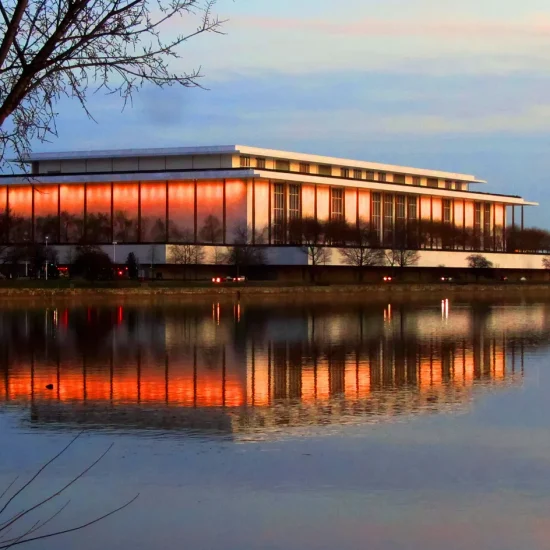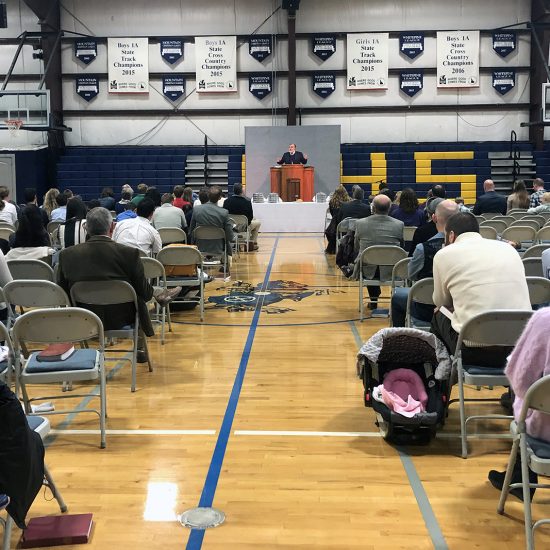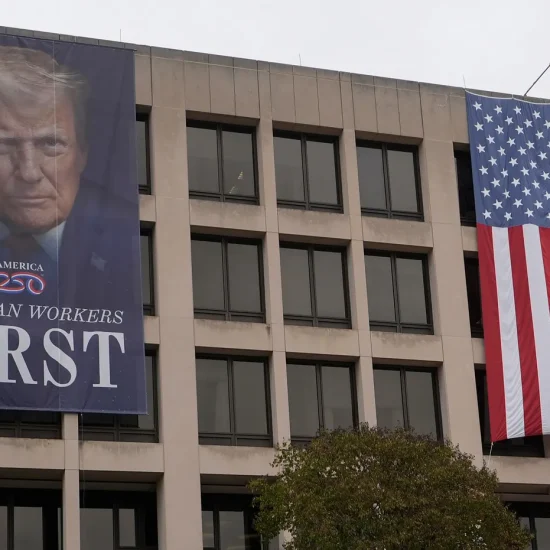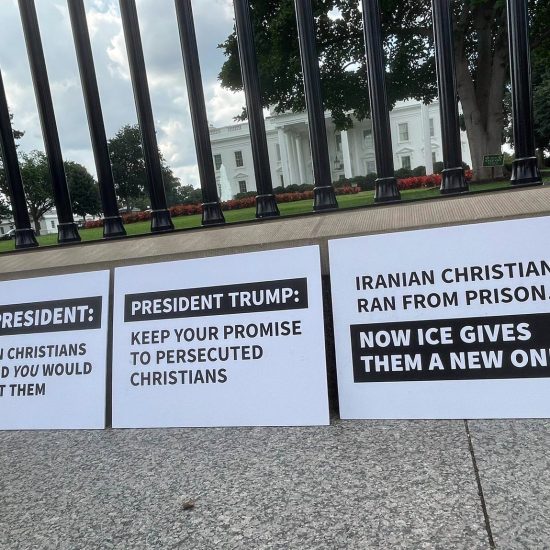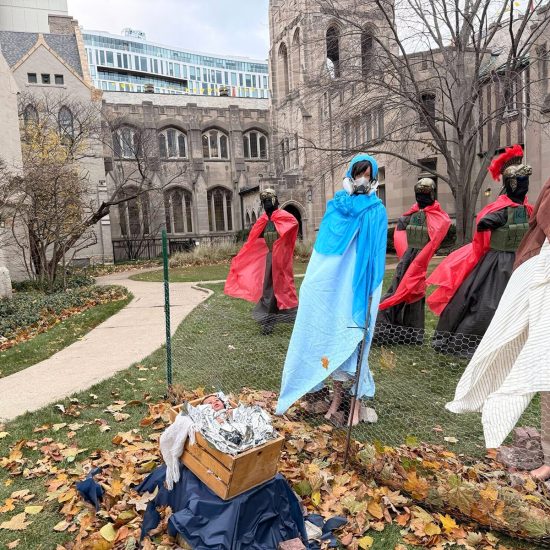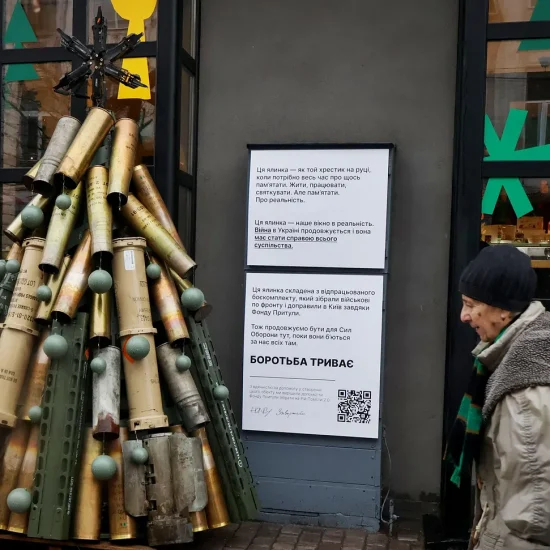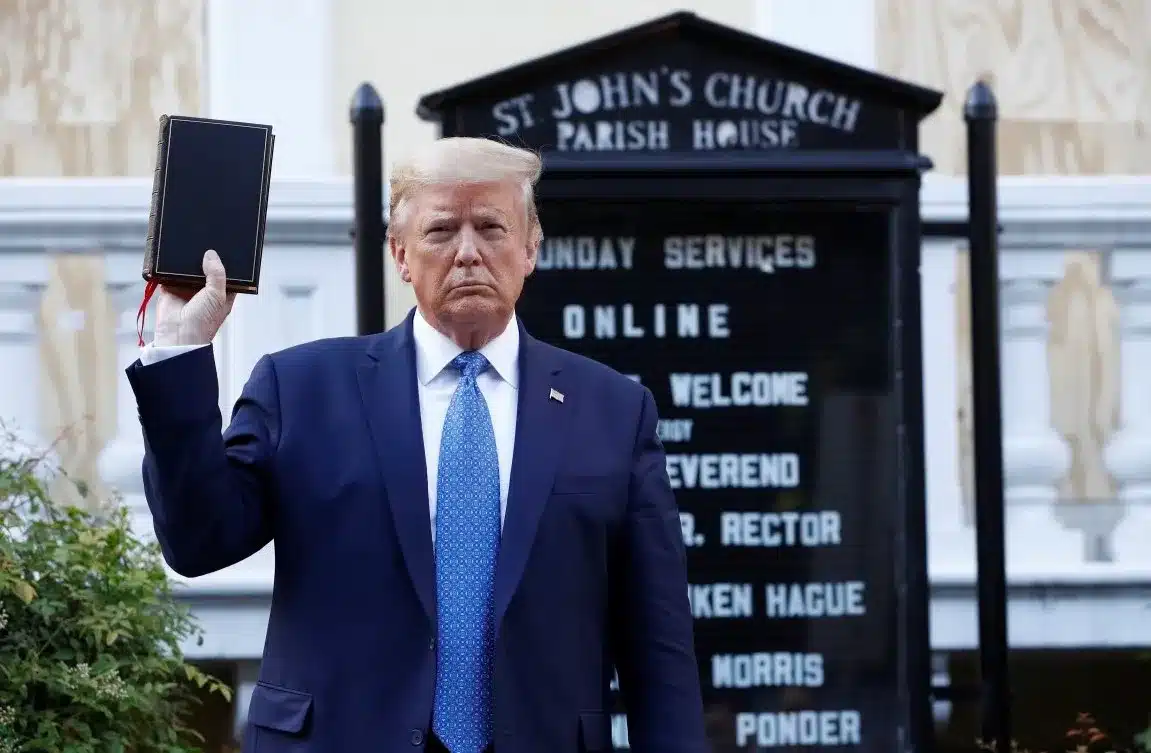
This Saturday (June 1) marks the fourth anniversary of an infamous presidential Bible moment. Even more than Donald Trump hawking the “God Bless the USA Bible,” the image of him awkwardly holding a Bible outside St. John’s Episcopal Church in 2020 continues to epitomize his abuse of Christian symbols. And the images from that day offer an important insight into the development of Christian Nationalism in the United States.
Waltzing across Lafayette Square after police teargassed Black Lives Matter protesters — including clergy on church property — Trump stood in front of the church’s parish house for a photo op. Although advisers suggested he go over to the church to pray, read a scriptural passage, or meet with clergy, he instead just stood there oddly holding the Bible (but not upside down as is commonly claimed).
We later learned he got the Bible from his daughter and adviser Ivanka, who was carrying it in her $1,540 designer bag (which goes to show that not everyone who carries a Bible actually reads it as they vainly seek to squeeze through the eye of a needle). Despite that, Trump’s prominent evangelical supporters like Franklin Graham and Robert Jeffress quickly praised the moment as proof of Trump’s Christian leadership. Journalists called the stunt a “nod to evangelical base” as he sought reelection (in a campaign that, it sadly still needs to be noted for the record, he lost).
Despite all the attention to conservative evangelicals, there’s not anything evangelical in the iconic images from that day. If you look at the photos, all you will see is the influence of mainline Protestantism.
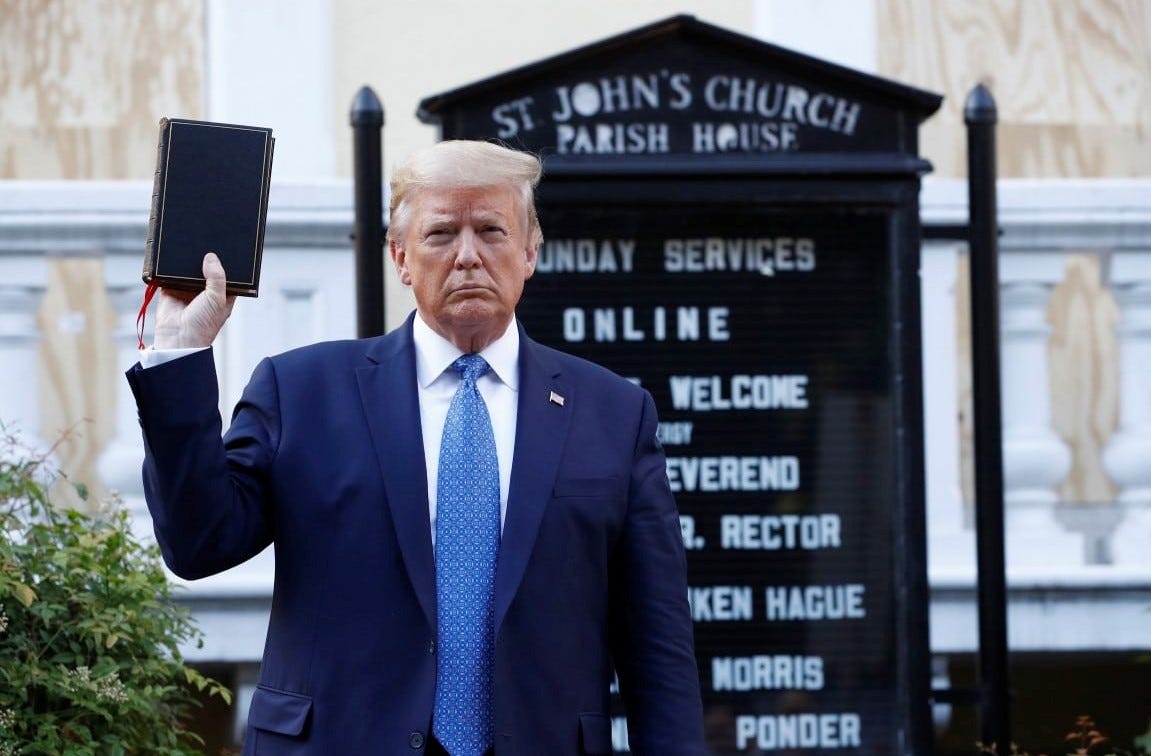
Donald Trump holds up a Bible outside the parish house of St. John’s Episcopal Church in Washington, D.C., on June 1, 2024. (Patrick Semansky/Associated Press).
Did you see the mainline Protestant impact? Only three people or things appear in the photo:
- The President. Trump was confirmed in a Presbyterian church, married in Reformed and Episcopal churches, and identified as a Presbyterian as he entered the White House. Although Trump would announce in October 2020 that he was changing his religious identification to “nondenominational Christian,” at the moment of the Bible incident he was a lifelong mainline Protestant.
- The Church. Not only is St. John’s an Episcopal congregation, it’s also proud of its status as “the Church of the Presidents.” In fact, signs outside the church brag, “Every president of the United States since James Madison has attended services here.” That notice gets top billing, even above an announcement about “Holy Eucharist” on Sundays. (I don’t see any record of Joe Biden yet attending as president, but the church’s website includes him as a visitor with a photo from when he was vice president.) Inside, there’s even a pew reserved for the president — where presumably the pew Bible doesn’t include James 2. And just above the spot where Trump stood, today you’ll see U.S. and Episcopal Church flags.
- The Bible. Photographs capturing the spine tell us which translation Trump held up. Unlike the King James Version ironically used for the “God Bless the USA Bible,” on June 1 he held up a Revised Standard Version of the Bible. That translation was created and published by the National Council of Churches, an ecumenical group formed with the leadership of mainline Protestants. And the first version of the RSV had been given by the mainline minister in charge of the translation effort to President Harry Truman during a White House ceremony.
Literally everything in the viral photo from Trump’s infamous Bible incident comes from the mainline Protestant tradition. While he sought to shore up his evangelical support with Christian Nationalistic pageantry, the foundation of the moment was laid by mainline Protestants.
That’s why Beau Underwood and I wrote Baptizing America: How Mainline Protestants Helped Build Christian Nationalism. The book officially releases in one week, on June 4. We’re hopeful it will help people understand how Christian Nationalism grew so that we can more effectively address this heresy today. And we hope it will lead mainline Protestant churches and denominations to consider their own complicity in the past and present. Perhaps we’ll even see that from a place like St. John’s.
During a trip to Washington, D.C., last month to cover the Summit for Religious Freedom, I walked by the White House and St. John’s. Part of the church was hidden by scaffolding as they engage in a restoration project of their historic bell tower. When it comes to Christian Nationalism, however, we don’t need to keep fixing the façade; we need to clean out the dangerous ideology threatening our democracy and the vitality of our Christian witness.
Get cutting-edge analysis and commentary like this in your inbox every week by subscribing today!
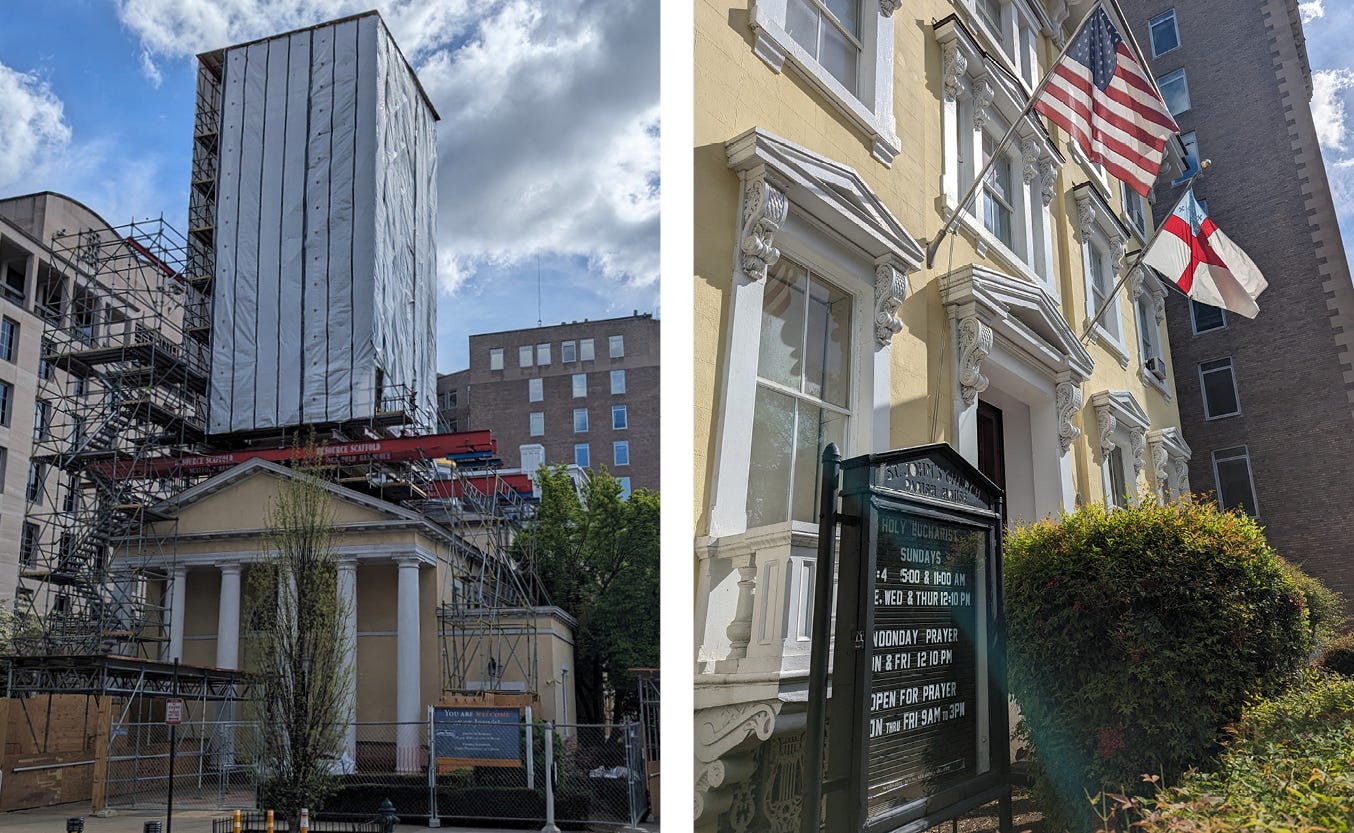
Left: The restoration work on the bell tower of St. John’s Episcopal Church in Washington, D.C. Right: Flags on the attached parish house fly over the sign Donald Trump stood in front of in 2020. (Brian Kaylor/Word&Way)
Join us in this project of offering an alternative witness to Christian Nationalism. Buy Baptizing America. Tell others about it on social media. Write a positive review on Amazon. Invite us to speak to your church, Bible study, or organization. And if you’re a paid subscriber to A Public Witness, make plans to join us next Monday (June 3) at 3 pm (ET) for a virtual book launch event with Dr. Diana Butler Bass, Rev. Adriene Thorne, and Dr. Andrew Whitehead (we’ll send Zoom details before then).
Together, let’s chip away at Christian Nationalism wherever it exists.
As a public witness,
Brian Kaylor

